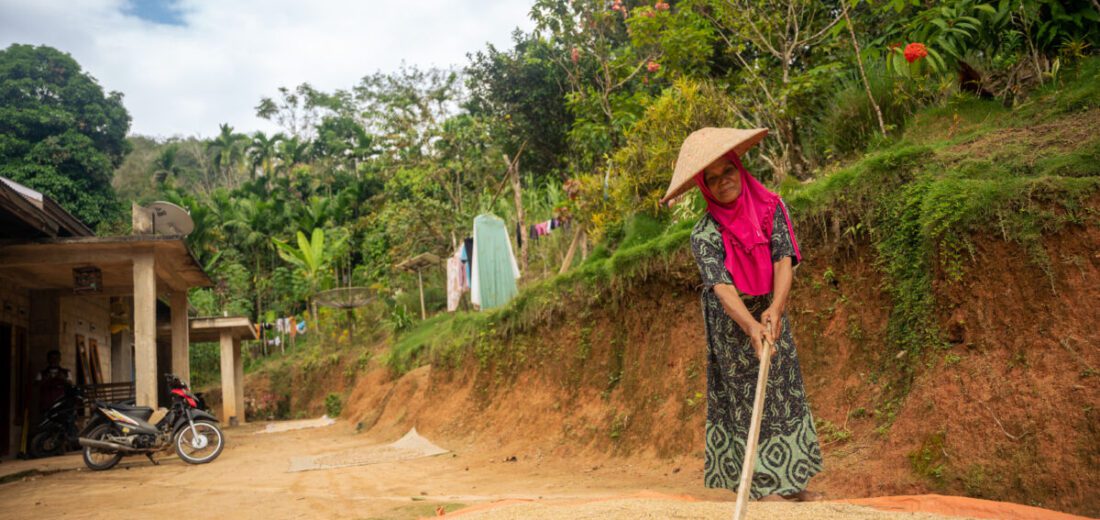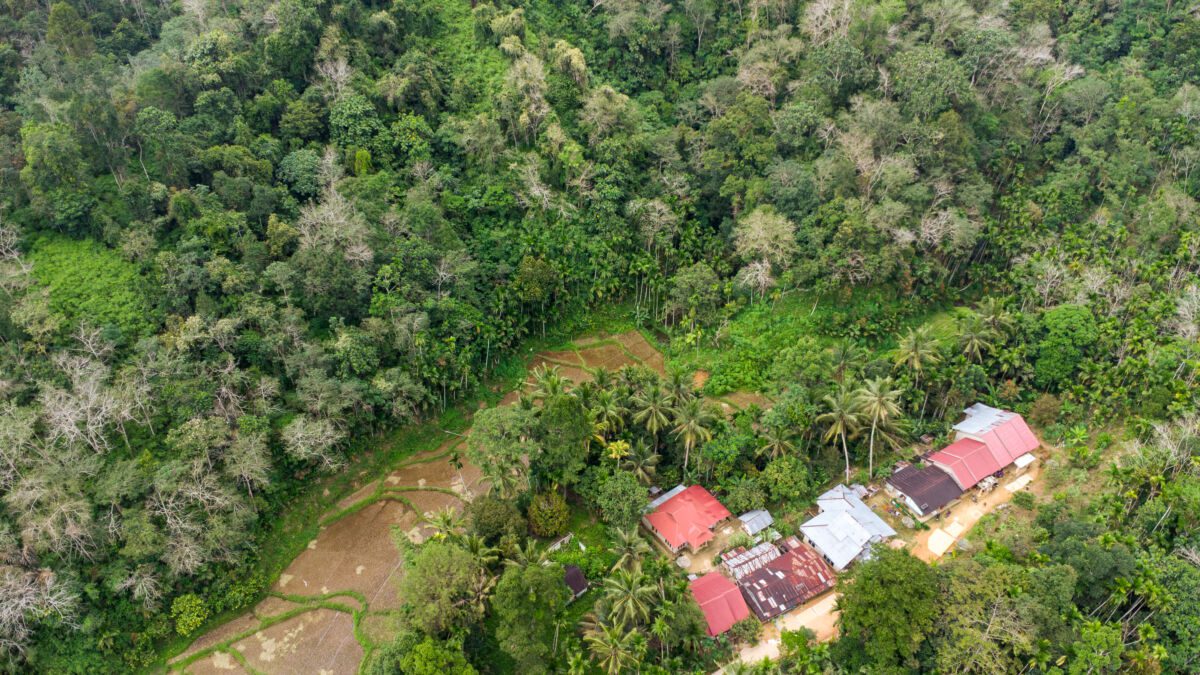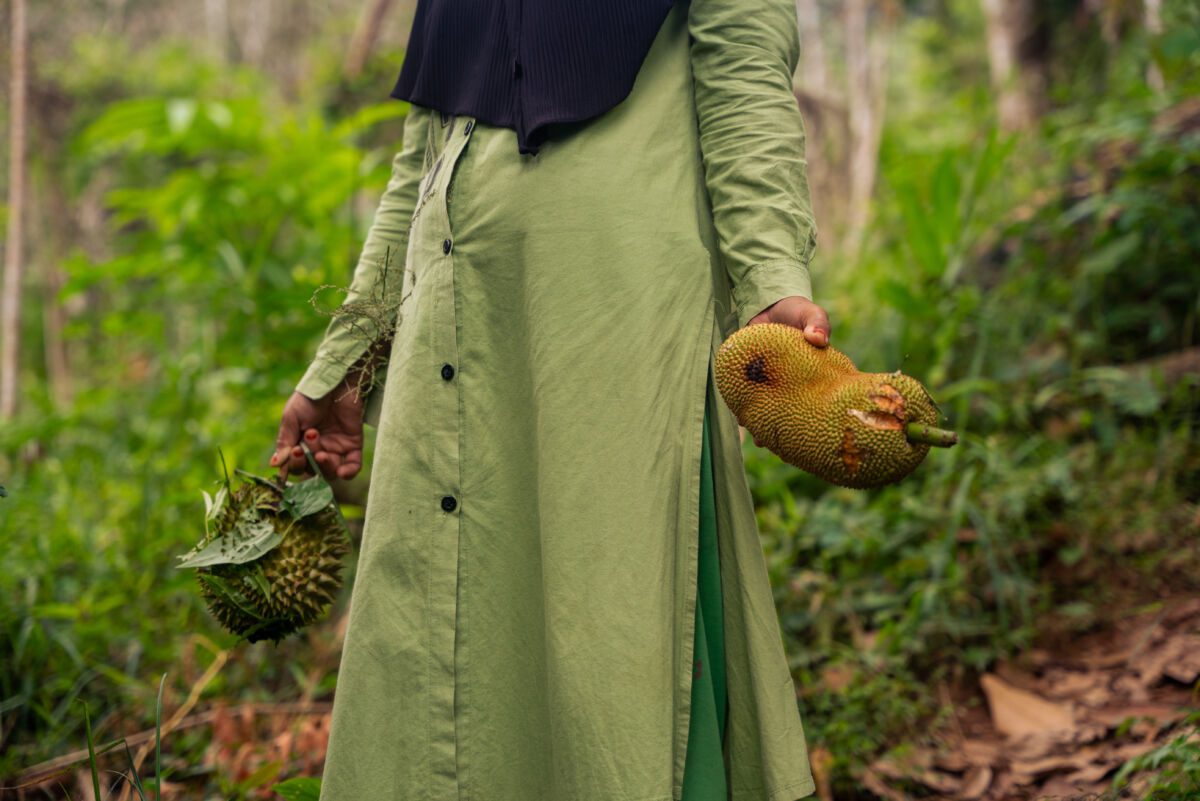
Locally-Led, Globally Impactful: COP30 Must Deliver for Tropical Forests
As COP30 approaches in Belém, the world faces a critical test: will global leaders finally deliver on promises to protect tropical forests and those who defend them? It is time for a bold shift—one that places power, funding, and decision-making in the hands of Indigenous Peoples and local communities.

Collaborative op-ed article from the Green Livelihoods Alliance (GLA), with contributions from Valentina Martínez (GFC), Eva Duarte Davidson (GLA), Dazzle Labapis (NTFP EP), Sander van Andel (IUCN NL).
As the world gears up for the thirtieth UN Climate Conference, the stakes for forests, Indigenous Peoples and local communities (IP&LCs) could not be higher. COP30, set to take place in Belém (Brazil) in November 2025, offers a unique opportunity. Framed as the Forest COP, it is expected to play a decisive role in shaping the future of global forest governance.
Yet if we look back, the commitment made at COP26 under the Forest and Climate Leaders’ Partnership and the Glasgow Forest Pledge, appears to be at risk. The pledge aimed to halt and reverse forest loss and degradation by 2030, but it now seems to be on the verge of becoming yet another broken promise in the history of climate agreements.
Deepening Crisis
At the heart of this failure lies a flawed multilateral system that continues to privilege corporate extractive interests and top-down governance over genuine, locally-led solutions. Will COP30 deliver? The evidence is clear: the health of natural ecosystems—vital to all life on Earth—is deteriorating at an alarming rate. For example, the Amazon, a key regulator of the global climate and a biodiversity hotspot, is nearing a dangerous tipping point where it could shift from a carbon sink to a carbon source due to wildfires and drought.
This crisis unfolds amid a shifting geopolitical order, where the consolidation of regional blocs and the increasingly transactional nature of international relations threaten to sideline urgent global cooperation on climate and biodiversity. We have witnessed some positive steps, including the adoption of the Convention of Biological Diversity (CBD)’s Programme of Work on Article 8(j), which aims to ensure effective participation of Indigenous Peoples and local communities in its implementation.
Other milestones include the CBD’s Gender Plan of Action and UNFCCC’s Lima Work Programme on Gender. Additionally, there is an agreement to mobilise two hundred billion dollars per year by 2030 to assist the most affected countries in conserving biodiversity—to name just a few.
However, these are overshadowed by the overwhelming influence of fossil fuel lobbies and the belief in infinite economic growth on a finite planet; a model that prioritises short-term financial gain over resilient societies. The political will to prioritise existing commitments for planetary health remains weak, and direct funding to those on the frontlines of climate and biodiversity action is still lacking.
Meanwhile, multinational corporations maintain a disproportionate grip on forest governance, often shaping regulations to serve their interests rather than those of people or the planet. The truth is, people who protect the forests and steward biodiversity—Indigenous Peoples, local communities, and smallholder farmers, particularly women and youth—continue to be sidelined in general, and in key decision-making spaces like the COPs.

As they are at the heart of protecting forests, they should receive the trust and means to play their role in the global community. Yet they receive only a fraction of global climate finance and very limited recognition for their approaches. This is despite mounting scientific and practical evidence that locally-led approaches are highly effective in protecting and preserving natural ecosystems, sustaining local livelihoods and building resilience.
Real Impact
Across tropical forest regions, locally-led solutions (LLS) are already generating measurable benefits. These approaches are reducing deforestation, restoring degraded lands, and strengthening the ecosystem services that forests provide, such as climate regulation, water retention and biodiversity conservation.
In countries where Indigenous Peoples and local communities are empowered to manage forests, we are seeing more resilient livelihoods, stronger governance, and effective environmental protection. Below are concrete examples from Green Livelihoods Alliance partners across various regions:
- In West Sumatra, locally-led climate adaptation practices are reducing deforestation across more than 30,000 hectares while simultaneously building economic resilience. The Indonesian Conservation Community Warsi (KKI WARSI) collaborates with Indigenous Peoples and local communities to embed adaptation strategies into social forestry programmes.
-

- Areal view of the village of Sipuah Ateh
Through agroforestry, sustainable land use, and biodiversity protection, these community-managed forests are increasing tree cover, improving soil health, and sustaining local livelihoods. By securing income from non-timber forest products and other sustainable practices, communities are rejecting short-term extractive offers and continuing to protect and restore their forests. Without such support, however, they remain vulnerable to economic pressures.
- In southern Cameroon, grassroots mobilisation is reclaiming forest rights and halting illegal land grabs across more than four thousand hectares of tropical forest. The Avebe and Meyos communities, supported by the Centre for Environment and Development (CED), successfully stopped RubberCam from illegally clearing 1,200 hectares of forest near the Dja Wildlife Reserve.
-

- Dona with durian and jackfruit in her agroforestry garden in Sipuah Ateh
By mapping their territories, documenting environmental violations, and advocating at the national level, the communities prompted a government investigation that confirmed the company lacked the necessary permits. Legal action is now underway, demonstrating how community-led advocacy can not only halt deforestation but also challenge corporate impunity.
- Meanwhile, in the Colombian Amazon, Indigenous land governance is playing a vital role in securing forests and strengthening climate resilience. With the support of Gaia Amazonas and Tropenbos Colombia, Indigenous governments have mapped their territories and fortified governance structures to resist illegal deforestation.
The Macroterritory of the Jaguars of Yuruparí alone has mapped 3.5 million hectares, and communities continue to manage these lands based on traditional knowledge systems that integrate biodiversity conservation with cultural and food sovereignty. Their leadership has influenced national and regional policy, earning formal recognition as environmental authorities.
By securing land rights and applying Indigenous conservation practices, they are protecting over four million hectares of tropical forest and asserting their autonomy over ancestral territories.
Unlocking Climate and Biodiversity Finance
Another major barrier limiting the ability of IP&LCs to implement locally-led solutions is the lack of secure, long-term, flexible, non-market-based and accessible direct funding mechanisms. More so in the case of women and socially excluded groups. While some promising models exist, their budgets remain limited.
Initiatives such as the Socio-Environmental Funds of the Global South, Indigenous Peoples of Asia Solidarity (IPAS) Fund and Nusantara Fund in Indonesia are valuable efforts worth examining. Other small grant mechanisms that partners are directly involved in are the Pastor Rice Small Grants (NTFP-EP) and Strengthen the Roots programme (IUCN NL).

Although modest in size, these initiatives demonstrate transformative potential. Communities that have accessed these funds report a decisive shift from rigid, bureaucratic procedures toward autonomous, community-driven decision-making. This, in turn, leads to more effective, context-specific and culturally grounded solutions.
However, without scaling up such mechanisms, most IP&LCs remain dependent on narrow, market-based and top-down financing structures—often tied to a single, non-diversified funding source, thus limiting their autonomy and ability to scale context-driven solutions.
Call for Action
It is time for a shift. COP30 cannot be another high-level gathering dominated by corporate greenwashing and empty pledges. It must be a moment for a real, binding commitment to funding and supporting locally-led solutions. For too long, multinational corporations have exercised outsized influence over forest-related policies and regulations, often shaping them to favour commodity expansion and extractive interests, rather than Indigenous rights or ecosystem protection.
Alternative governance models, collective movements like the People’s Summit, and collaborative partnerships such as the Green Livelihoods Alliance have shown that placing leadership and decision-making in the hands of local communities leads to real impact.
Now, we need national governments and the multilateral system to catch up and centre power where it belongs: with the communities that safeguard the world’s forests. The path forward is clear: extend, strengthen, and uphold the Forest Pledge beyond 2025.
This must include ensuring that substantial new funds flow directly to those best positioned to protect forests—not just governments and corporations, but also Indigenous Peoples and local communities. To succeed, key stakeholders must move beyond rhetoric to real commitments, creating an enabling environment that prioritises, funds, and scales up locally-led solutions for both people and the planet.
The time for empty promises is over: COP30 must deliver real action or risk failing future generations and the ecosystems it claims to protect.
Text Box
‘Direct access’ means allocating and equitably distributing financial resources without intermediaries. These funds support non-market-based projects led by Indigenous Peoples, local communities, people of African descent, women, and youth—recognising their contributions, actions, and traditional knowledge systems in environmental protection.
Direct access mechanisms should support ecosystem-based, locally-led, human rights-based, and gender-responsive approaches, as well as actions centred on Mother Earth. They must also ensure the full and effective leadership of Indigenous Peoples and local communities in the mobilisation of resources.

Leave a Reply